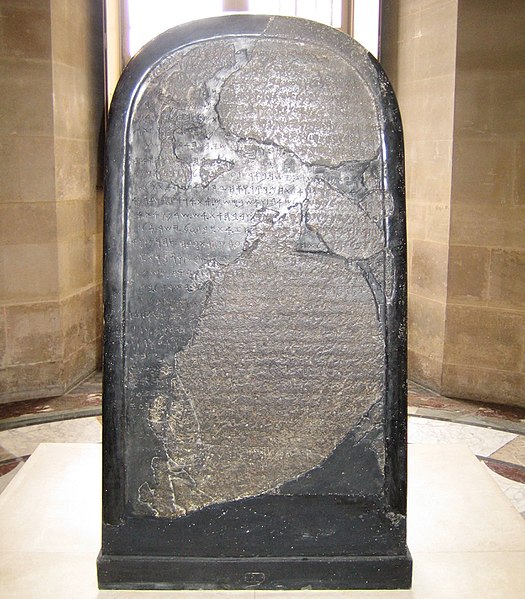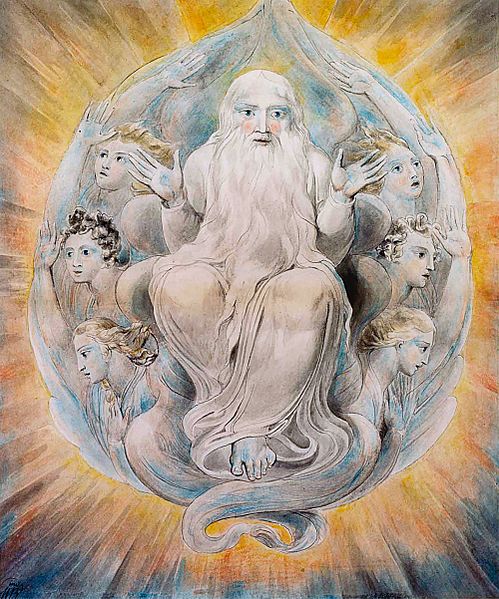The Tetragrammaton, or the Tetragram, is the four-letter Hebrew theonym יהוה, the name of God in the Hebrew Bible. The four letters, written and read from right to left, are yodh, he, waw, and he. The name may be derived from a verb that means "to be", "to exist", "to cause to become", or "to come to pass". While there is no consensus about the structure and etymology of the name, the form Yahweh is now accepted almost universally, though the vocalization Jehovah continues to have wide usage.
Transcription of the divine name as ΙΑΩ in the 1st-century BCE Septuagint manuscript 4Q120
The Mesha Stele bears the earliest known reference (840 BCE) to the Israelite god Yahweh.
YHWH in one of the Lachish letters
Petrus Alphonsi's early 12th-century Tetragrammaton-Trinity diagram, rendering the name as "IEVE", which in contemporary letters is "IEUE".
In monotheistic belief systems, God is usually viewed as the supreme being, creator, and principal object of faith. In polytheistic belief systems, a god is "a spirit or being believed to have created, or for controlling some part of the universe or life, for which such a deity is often worshipped". Belief in the existence of at least one god is called theism.
The Mesha Stele bears the earliest known reference (840 BCE) to the Israelite God Yahweh.
Thomas Aquinas summed up five main arguments as proofs for God's existence (painting by Carlo Crivelli, 1476).
Isaac Newton saw the existence of a Creator necessary in the movement of astronomical objects (painting by Godfrey Kneller, 1689).
God Blessing the Seventh Day, 1805 watercolor painting by William Blake








